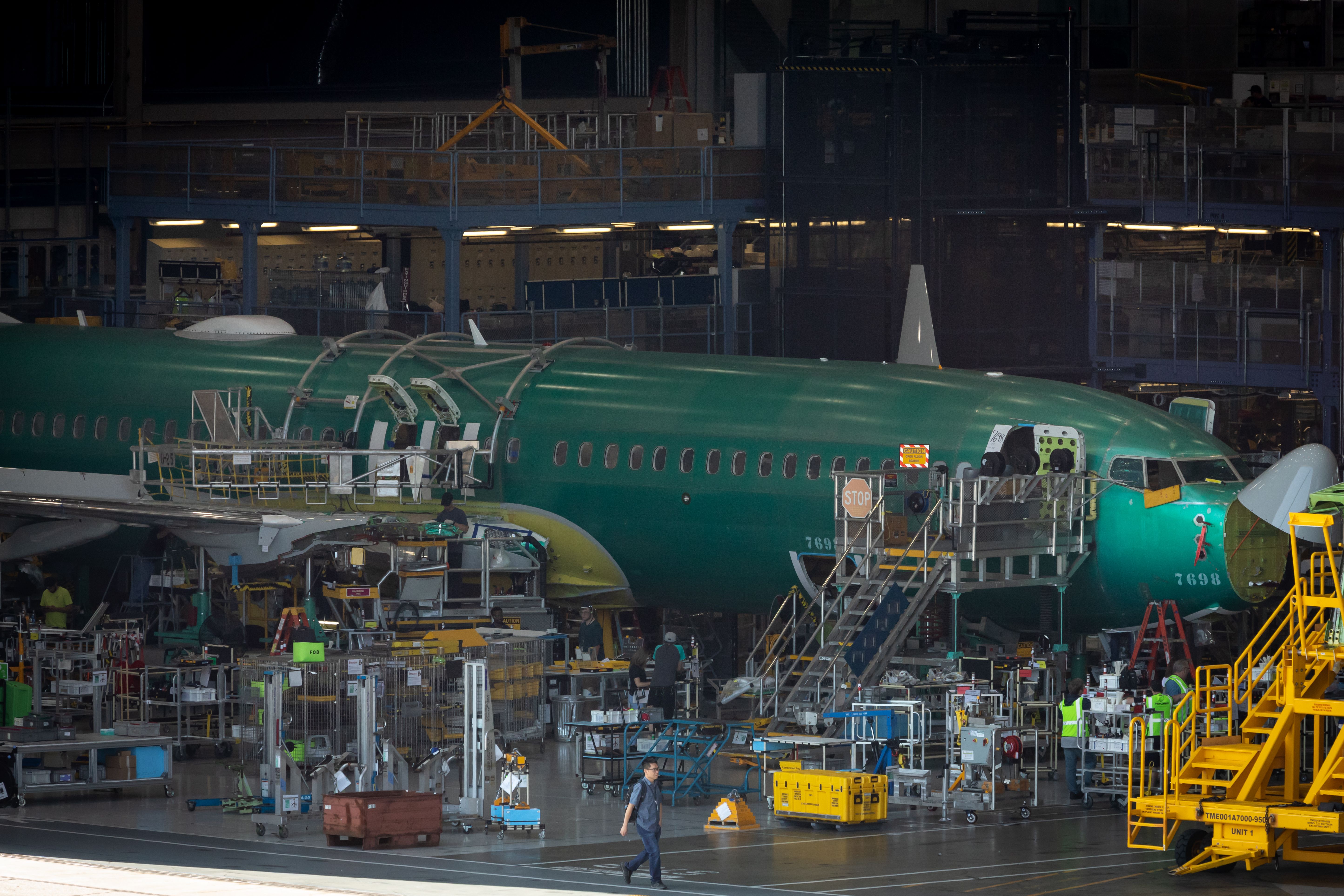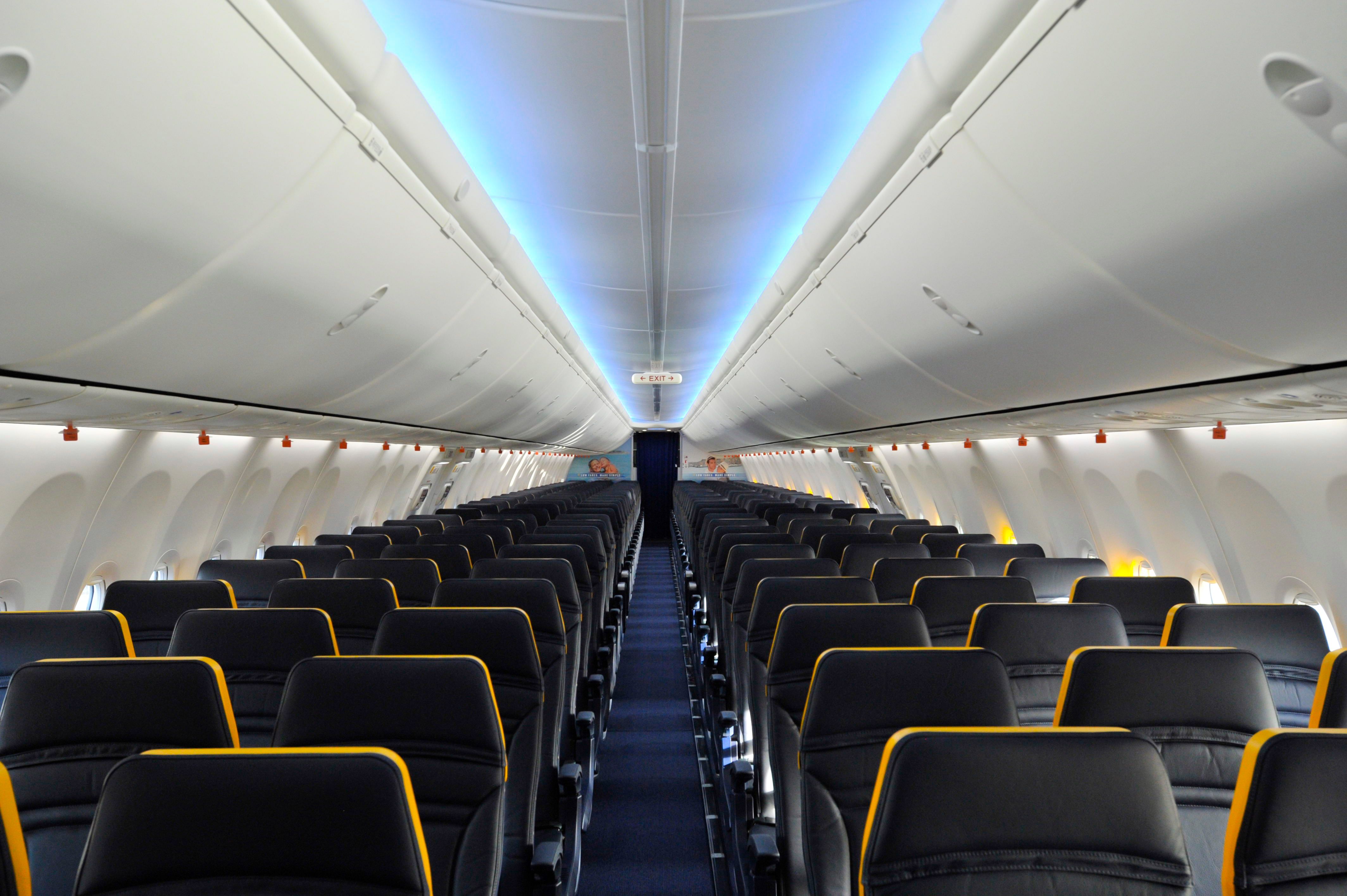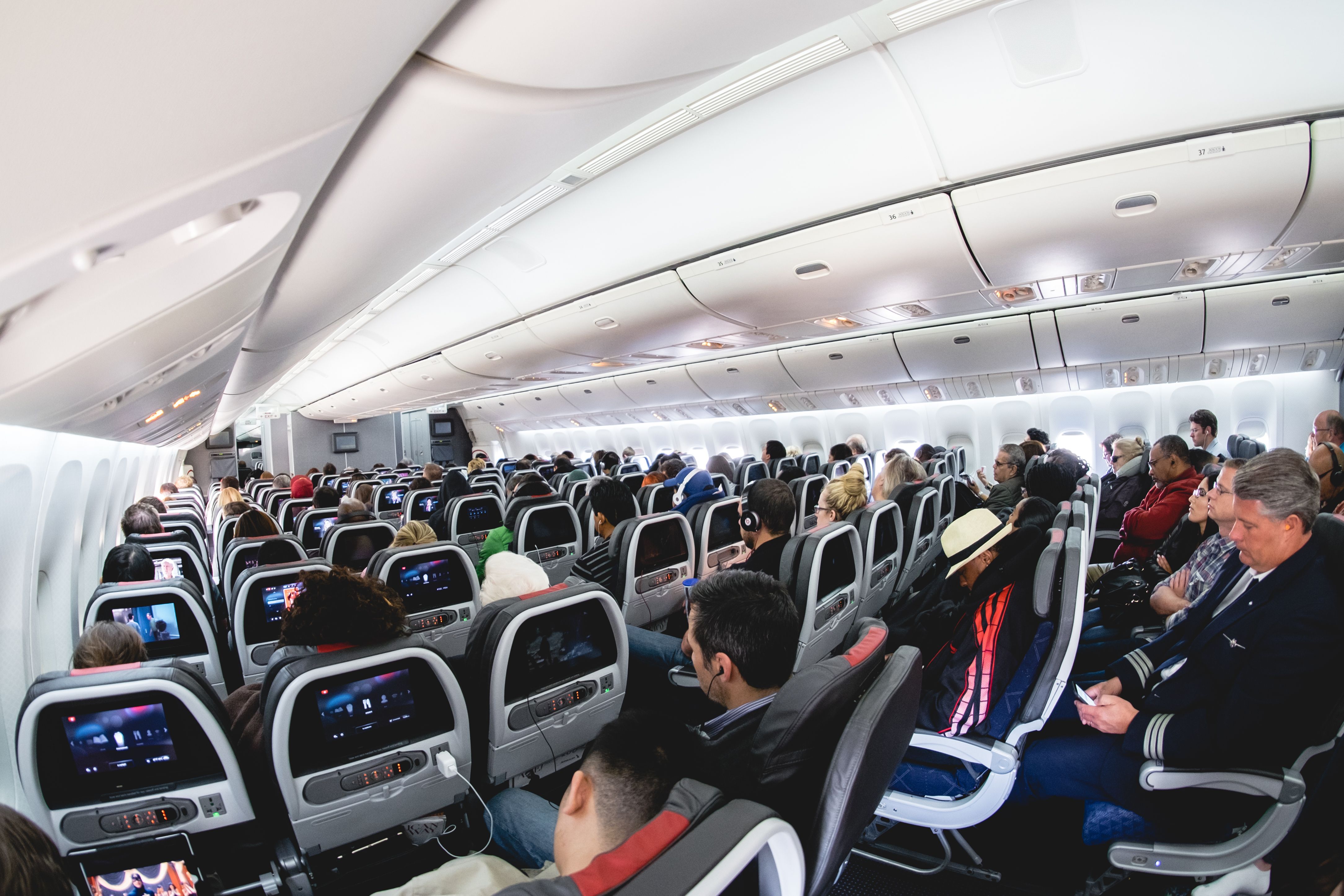Summary
- Aircraft center of gravity (COG) is crucial for balance and control, with passenger weight distribution playing a significant role.
- Airlines assign seats based on weight calculations to ensure the COG stays within the manufacturer’s parameters for takeoff and landing.
- Passenger weight distribution is also important during landing, as it affects the aircraft’s characteristics and stability.
Have you ever wondered why small aircraft often require passengers to sit in specific seats? The weights of passengers are estimated before seats are assigned, particularly on small regional and island flights.
Barring the occasional free-spirited passenger who may try to take an empty seat, everyone usually goes to their allocated seats, self-selected or distributed by the airline, and gets comfortable for the ride. Sometimes the flight crew will inform everyone to sit in their assigned seat, but why is that?
Some travelers may believe that this is because the airline has a chart showing who is sitting where, which would be helpful information in case of an emergency. This is not the case, however, especially on lighter aircraft, the distribution of human weight is factored in before the plane leaves the ground, and your seat assignment plays a role. It is done to ensure that the aircraft is balanced at all times and uneven weight distribution does not affect the stability of the aircraft during flight.
A critical balancing act
Aircraft Center of Gravity can be calculated by:
- Determining weights and arms for all mass within the aircraft
- Multiplying weights by arms for all mass to calculate moments
- Adding all moments together
- Adding all weights together
- Dividing total moment by total weight to achieve overall arm.
According to Air New Zealand’s Chief Flight Operations and Safety Officer, Captain David Morgan, ensuring everyone is in their correct seat is related to an aircraft’s “center of gravity envelope” (COG). As all aircraft come with a manufacturer-calculated COG envelope, operators must ensure the total weight added to the plane before a flight takes off doesn’t exceed these parameters.
Recently, Simple Flying covered weight and balance, a factor that has impacted some aviation accidents, and passengers constitute one of the major “weights” of an aircraft.
Photo: Ryanair
Of course, if one single passenger is moved up or down a few rows on a massive widebody filled with fuel and luggage, it’s unlikely to cause an issue with takeoff. But an aircraft with a COG too far forward or aft can indeed be comparatively difficult to control or require more fuel. Morgan went on to mention, as reported by NZME,
“We want the center of gravity, if we can, towards the back of the aircraft because the airplanes produce less drag if it’s there.”

Related
Aircraft Design & Aerodynamics: Key Principles and Concepts
The aircraft design process entails the estimation of weights, performance, structural loads, aerodynamics, controls, and propulsion.
Once all the fuel, luggage, and passengers have been accounted for, calculations begin to determine where the COG is, based on the exact distribution of all those weights. Pilots then receive what is known as a “load sheet,” which includes this essential information, which can impact takeoff thrust and speed.
“It’s important that the aircraft’s center of gravity is actually where we expected it to be from the calculations.”
Photo: Delta Air Lines
Just as important for landing
Weight estimation example
|
Weight (lb) |
Arm (in) |
Weight (lb) |
|
|---|---|---|---|
|
Empty aircraft |
1,495.0 |
101.4 |
151,593.0 |
|
Pilot and passengers |
380.0 |
64.0 |
24,320.0 |
|
Fuel (30 gallons @ 6 lb/gal) |
180.0 |
96.0 |
17,280.0 |
|
Totals |
2,055.0 |
94.0 |
193,193.0 |
In the above example, the aircraft center of gravity is calculated by dividing the total moment by the total weight.
- CG = 193,193 / 2,055
- CG = 94.01 inches
- Location: Behind the datum plane

Related
How Are Aircraft Designed To Mitigate The Effects Of Cargo Hold Fires?
Fire suppression systems feature multiple redundancies.
Interestingly, the distribution of passengers is equally crucial for landing. Most will understand that an aircraft landing is significantly lighter than when it took off since it burned off lots of fuel during flight. According to Morgan,
“If we have passengers moving from their allocated seats to different seats, at the end of the flight then the centre of gravity of the aircraft will have changed,”
So, again, before the flight has left the ground, an estimation of where the center of gravity will be upon landing, based on the allocation of human weight, is calculated.
Photo: Samuel Ponce | Shutterstock
Especially for landing, with much of the weight gone, the impact of cargo and passengers now affects the characteristics of flight much greater. If passengers were free to move around as they want during the last segment of a given flight, and ten travelers of an average weight went from one end to another with their potential carry-on luggage, that would mean several hundred kilograms of weight shifting. For some aircraft types, this could be too significant.
Therefore, airlines ensure passengers are in their allotted seats before takeoff and landing. And it’s because of this reason that sometimes the carrier will change your seat last minute; perhaps one party of travelers has canceled their plans, and this caused a weight and balance issue.

Related
5 Ways Composite Materials Have Revolutionized Aircraft Design
Composite materials increase the life span of the aircraft.




